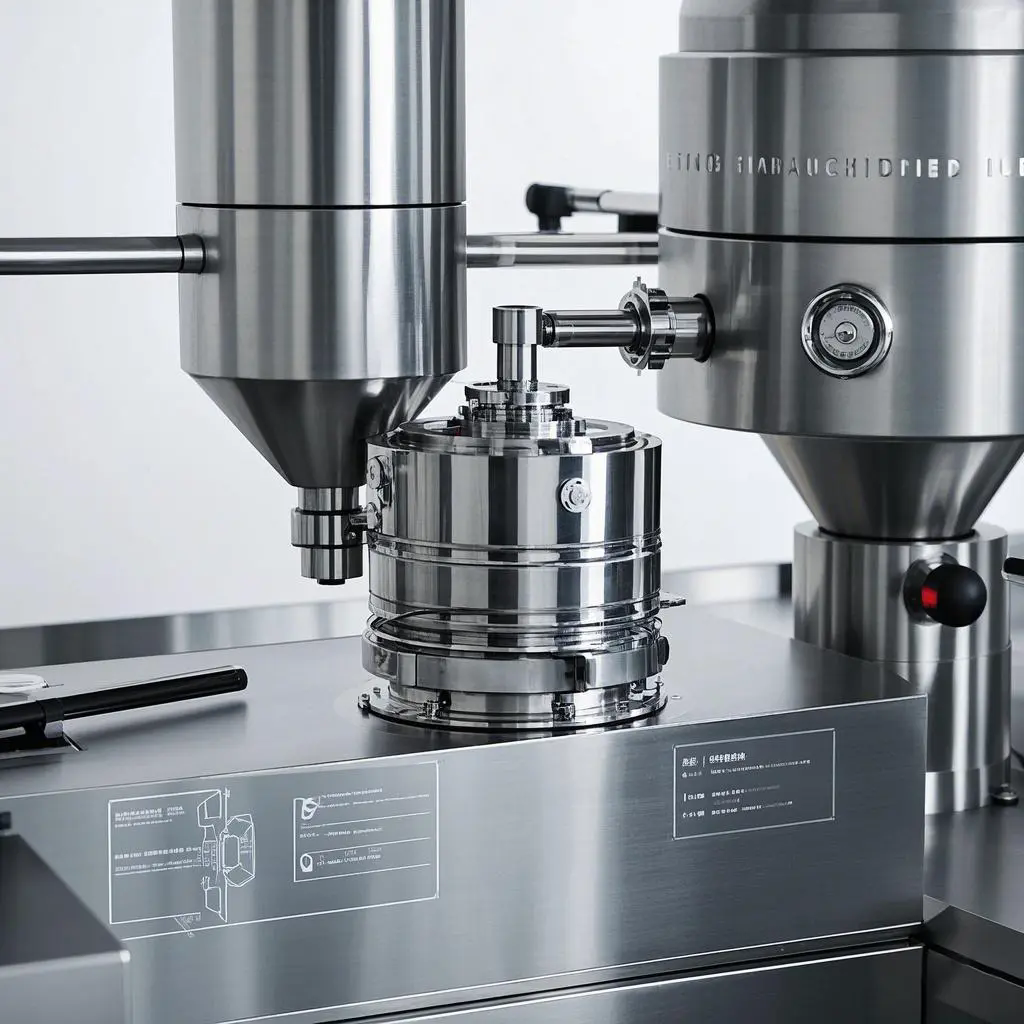How Do Mechanical Structure Pipes Improve Industrial Efficiency?
2025-11-04
Mechanical structure pipes have become a cornerstone in modern industrial engineering, providing not only structural integrity but also versatile functionality for a wide range of applications. These pipes are engineered for durability, strength, and adaptability, enabling industries to meet complex operational requirements efficiently.
What Are Mechanical Structure Pipes and Why Are They Important?
Mechanical structure pipes are specialized tubes designed to support both mechanical loads and fluid conveyance in industrial, construction, and infrastructure systems. Unlike standard piping, these structures are engineered to withstand high pressure, extreme temperatures, and mechanical stress while maintaining dimensional stability.
Core functions include:
-
Serving as load-bearing structural elements in machinery and frameworks.
-
Facilitating the transport of liquids, gases, or granular materials.
-
Enhancing system stability by providing reinforced pathways for industrial operations.
Why Mechanical Structure Pipes Are Critical for Modern Industry
-
Durability and Load Capacity: These pipes are constructed using high-grade steel, aluminum alloys, or composite materials, offering superior tensile and compressive strength compared to conventional piping.
-
Precision Engineering: Mechanical structure pipes are manufactured with tight tolerances to ensure seamless integration into complex machinery.
-
Adaptability: Their modular design allows for customization in diameter, thickness, and length to meet industry-specific needs.
-
Cost Efficiency: By combining structural support with fluid transport functionality, industries reduce the need for separate components, lowering installation and maintenance costs.
How Do Mechanical Structure Pipes Work and What Are Their Advantages?
Mechanical structure pipes operate by distributing mechanical loads evenly across their walls while allowing internal flow of fluids or gases. The design often includes reinforced walls, flanged ends, and anti-corrosion coatings to ensure longevity under demanding conditions.
Key Advantages of Mechanical Structure Pipes
| Feature | Description |
|---|---|
| Material Strength | High-tensile steel, aluminum alloys, and corrosion-resistant composites capable of withstanding extreme pressures and temperatures. |
| Precision Dimensions | Manufactured to strict tolerances for seamless assembly in structural frameworks. |
| Anti-Corrosion Coating | Galvanization or polymer coating ensures extended lifespan in harsh environments. |
| Modularity | Standardized lengths and diameters allow for flexible assembly in large-scale projects. |
| Versatility | Applicable in construction, industrial machinery, energy, and transportation sectors. |
How Industries Benefit
-
Construction: Provides durable support for high-rise buildings and bridges.
-
Manufacturing: Serves as structural frames for machinery while maintaining fluid transport.
-
Energy Sector: Supports pipelines for oil, gas, and chemical processing facilities.
By combining mechanical strength with functional versatility, these pipes optimize space, reduce operational downtime, and improve safety standards.
What Are the Common Challenges and Future Trends in Mechanical Structure Pipe Usage?
Despite their advantages, mechanical structure pipes face challenges in installation, maintenance, and customization. Engineers must carefully select materials, diameters, and thicknesses to meet load requirements and environmental factors.
Common Challenges
-
Corrosion and Wear: Even with coatings, pipes exposed to harsh chemicals or extreme weather require periodic inspections.
-
Precision Assembly: Misalignment during installation can lead to structural instability.
-
Customization Costs: Unique specifications may increase production time and costs.
Future Trends
-
Advanced Materials: Development of composite alloys and polymer-reinforced metals to increase durability and reduce weight.
-
Smart Integration: Embedding sensors to monitor stress, temperature, and fluid flow in real time.
-
Sustainable Manufacturing: Emphasis on recyclable materials and low-energy production processes.
-
Standardization of Modular Designs: Increasingly flexible modular components for faster assembly and reduced downtime.
How to Choose and Maintain Mechanical Structure Pipes + FAQs
Choosing the Right Mechanical Structure Pipe
-
Assess Load Requirements: Consider both static and dynamic loads the pipe will support.
-
Select Material Carefully: Choose based on environmental exposure, chemical resistance, and mechanical stress.
-
Evaluate Coating and Finish: Ensure anti-corrosion coatings match operational conditions.
-
Verify Dimensions and Tolerances: Confirm the pipe matches your system’s design for seamless integration.
Maintenance Guidelines
-
Conduct regular inspections for wear, corrosion, and alignment.
-
Clean interior surfaces to prevent build-up of residues.
-
Monitor joints and flanges for leaks or stress cracks.
-
Apply protective coatings periodically if required by the operating environment.
FAQs: Mechanical Structure Pipes
Q1: What materials are commonly used for mechanical structure pipes?
A1: Mechanical structure pipes are typically made from high-grade steel, aluminum alloys, or reinforced composite materials. Steel offers superior load-bearing capacity, aluminum provides lightweight strength for modular designs, and composites deliver corrosion resistance for specialized industrial applications.
Q2: How do mechanical structure pipes enhance safety in industrial systems?
A2: These pipes enhance safety by maintaining structural stability under high pressure and temperature conditions. Their reinforced walls, corrosion-resistant coatings, and precise engineering reduce the risk of mechanical failure, fluid leaks, and operational accidents, ensuring reliable and long-lasting performance.
In conclusion, mechanical structure pipes offer unmatched durability, versatility, and efficiency for modern industrial applications. Brands like Shuangsen have pioneered advanced designs that integrate strength, precision, and sustainability, setting industry benchmarks. For customized solutions, installation guidance, or product inquiries, contact us to learn more about how Shuangsen mechanical structure pipes can optimize your projects.
